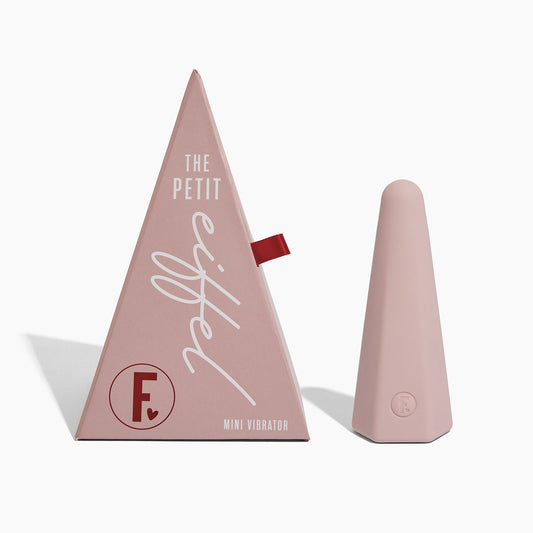Understanding Desire
What is desire for you? Is it the longing for someone? The touch of their skin? Looking into their eyes? Is it arousal at the thought of them?
Desire at it’s core, is wanting and imagining. Our minds can create feelings, thoughts, sensations, urges, and connections with the pure power of our imagination.
Desire can also be a biological response to the aspects of your surroundings due to neural pathways in the brain. What this means is that certain sensory details like soft flickering candle light might have an association with desire, while harsh fluorescent lights do not.
So while desire is a wanting and imagining, it is also a complex sensory experience.
So why is it that we lose desire? And more importantly, how do we foster desire’s return?
"the crisis of desire is the crisis of imagination"
Esther Perel
Fostering desire requires creativity, and education.
What you need to know about desire
Firstly, identify your desire style. There are several kinds you need to know.
- Spontaneous desire style: you experience desire almost instantly, and it doesn’t take much for you to get into the mood. Example: you recognise you’re hungry, and you want to eat. Around 70% of men, and 15% of women identify with this style.
- Responsive desire style: you require context, affection, body confidence, closeness and trust to get into the mood. Example: you’re cooking and become hungry from the smells, eventually you’re ready to eat. Around 30% of people identify with this style.
- Context sensitive: you might be spontaneous, but something in your environment changes that means you become more responsive. Example: you were hungry and ready to eat until a thought about work distracted you. You cook and eventually your appetite and desire to eat returns. Around 50% of people identify with this style.
More than 50% of people also experience context sensitive desire under adverse circumstances. So when we experience stress, anxiety, and depression, our desire style changes depending on our environments.
Our broader cultural narrative assumes that desire should be spontaneous. Which means we tend to shame those who do not experience desire in this way.
Stress is the number one desire killer (for most people, there are some of you who get hornier when stressed). So, if you are a responsive or context sensitive person, make sure you’re managing your stress levels.
How to creatively foster desire
The first step to fostering desire is integrating the above information and updating your attitude around desire. You can get creative by recognising who is spontaneous, and who isn’t.
The second step is to facilitate the wanting and imagining.
Our spontaneous lovers can harness their passionate energy into creating inviting opportunities for partners to step into. For example; while spontaneous people know they want to eat, they might invite their partners to cook a meal together. This requires patience, because responsive people may not always accept this offer (and that’s okay).
Responsive and context sensitive people also have an important job; that is knowing what they need to access pleasure. This is important because it means while our wonderful spontaneous lovers are inviting us in, we need to know how to accept the offer, and utilise the opportunity without getting bogged down in thoughts like ‘they always want sex and I don’t’.
We all must manage our expectations of sexual experiences. Instead of assuming sex means penetration and orgasms, can we identify the things that help create a sexy context by trying to generate a situation that looks like;
low stress + high affection + explicitly erotic (naked people, sexy sounds or words, being sexually stimulated)
Managing stressors:
- Have you turned your phone to silent?
- Are you hungry, sleepy, or moody? You might need to address these first or acknowledge that they can slow things down.
- Can you light your favourite candle, or burn your favourite incense?
- Do you feel safe and comfortable?
Building affection:
- What kind of non-sexual touch do you like to receive, and give?
- When, where, and how would you like to experience it?
- Use your five senses to explore this
Building eroticism:
- What kind of sexual touch do you like to receive, and give?
- When, where, and how would you like to experience it?
- Again, use your five senses to explore this.
So while desire is at times an elusive component of sexuality, it is also something we can foster through intentional action. By recognising your desire style, communicating your needs to your partners, and creating the wanting; desire can thrive.





